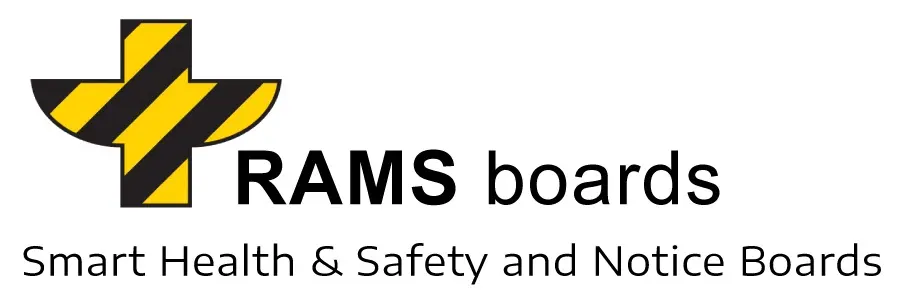RAMS boards and Extreme Weather Safety
RAMS boards are gaining popularity across multiple sectors in context of promoting safety and effective communication of vital information. They serve as comprehensive hub for all safety, health, environment, and quality (SHEQ) data with their ease of access, and high visibility. Furthermore, they are designed to be sturdy and weather-resistant, making them an ideal choice for large-scale infrastructure projects like construction sites and roadways where they often face extreme weather conditions.
RAMS boards and Extreme Weather Conditions
One question that often arises pertains to the reliability of these boards during extreme weather events such as floods and hurricanes. The answer lies in the conscientious design of the boards. RAMS boards are sculpted from High-Density Polyethylene (HDPE), a durable type of plastic reputed for its resilience and ability to withstand a range of adverse weather conditions, including extreme temperatures, rain, UV exposure, and vibrations.
This makes these boards highly reliable, even during extreme weather events. As long as they are correctly anchored to the surface in accordance with Assembly Manual, RAMS boards comply with the EURO code 1, which is the standard for wind load action. This ensures stability and durability, even in the face of extreme weather conditions like hurricanes or heavy winds.
Custimisability of RAMS boards
Additionally, the flexibility of RAMS boards configuration allows for further resilience. These boards can be customized to include enhanced accessories based on site-specific needs, including digital screens, lighting for low-light conditions, and various Internet of Things (IoT) devices for real-time safety monitoring. These devices can be crucial for enhancing safety systems during extreme weather, providing real-time updates and crucial safety-related data.
RAMS boards in Multilingual Construction Sites
Notably, RAMS boards are organized to accommodate multilingual sites. This makes the crucial health and safety information accessible to all employees, regardless of their primary language. This feature is highly beneficial during emergencies, such as extreme weather events when effective communication can be a matter of life and death.
Environmental Sustainability
RAMS boards are also designed with the planet in mind. These boards are product of an innovative process that uses eco-friendly HDPE. This helps to ensure that they are recyclable at the end of their life cycle. Therefore, in addition to promoting site safety, using RAMS boards also supports the global goal for sustainability and responsible production in an environment.
Conclusion
In conclusion, RAMS boards are highly durable, resilient, and designed to withstand a range of demanding conditions. This makes them an exceptional choice for a reliable source of necessary information and support during extreme weather events such as hurricanes or flood. While they cannot replace necessary precautions and evacuation measures, RAMS boards can play a fundamental role in promoting safety and clear communication during such emergency situations.
